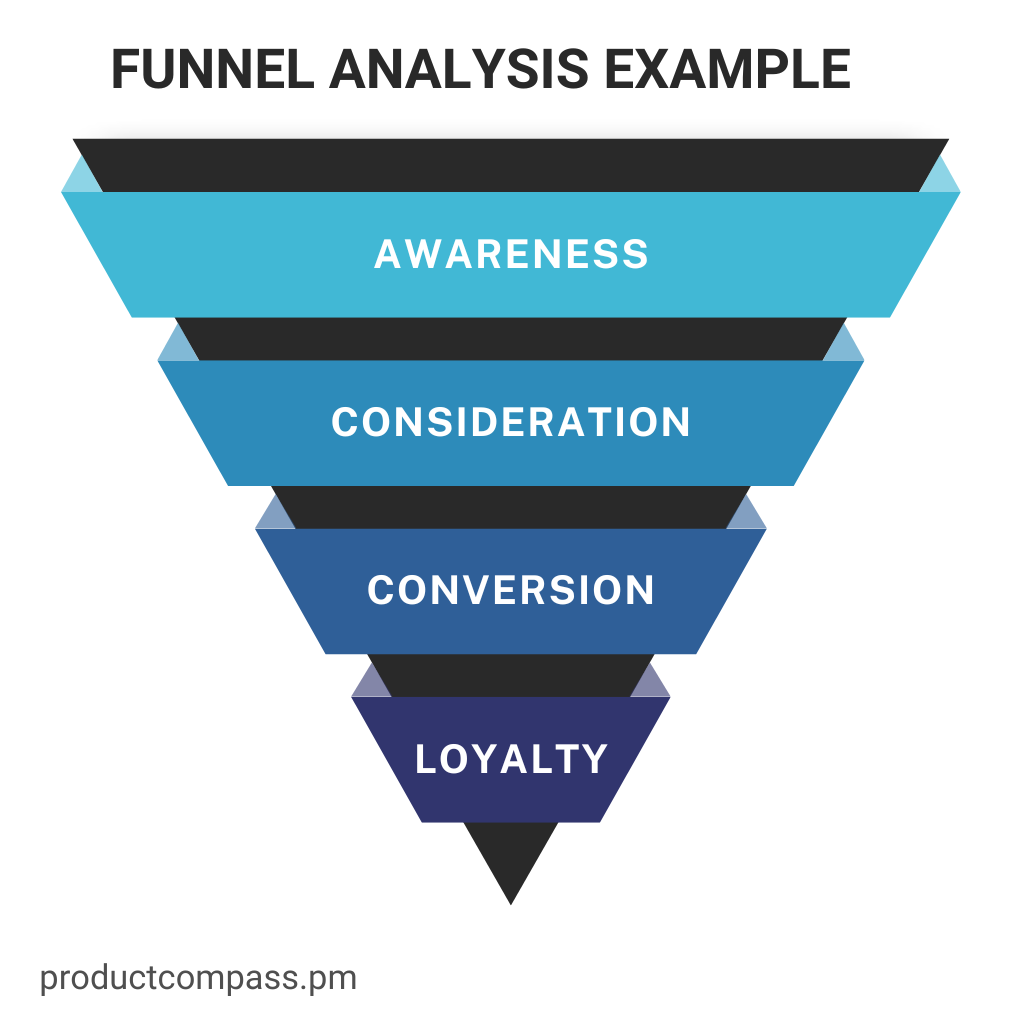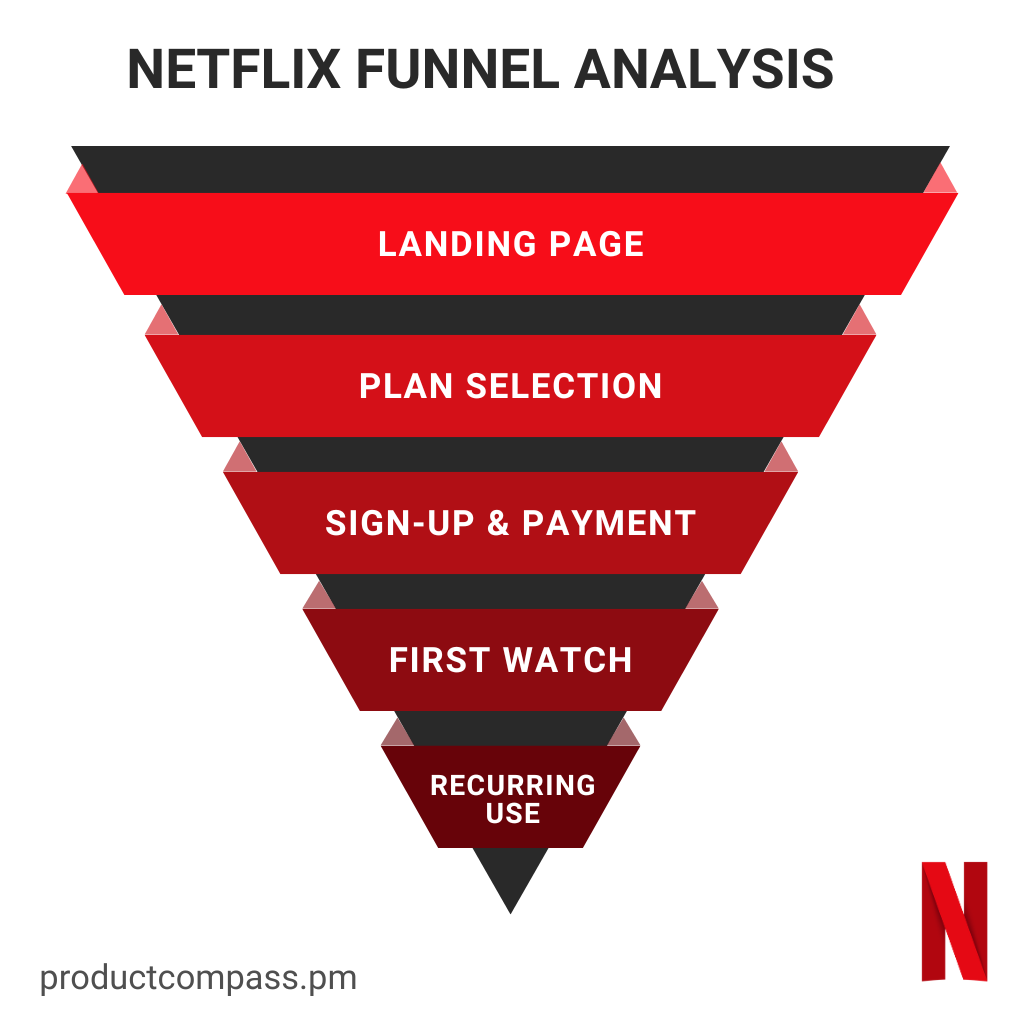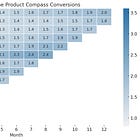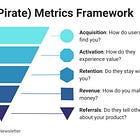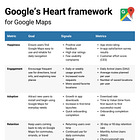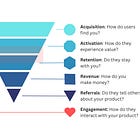Funnel Analysis 101: How to Track and Optimize Your User Journey
Key metrics, best practices, Netflix example. Identify drop-offs, measure conversions, and drive growth with data-informed insights.
Funnel analysis is a powerful method to visualize each step a user takes on the path to a desired outcome, such as making a purchase or signing up for a subscription.
By mapping out these steps, you can identify where users drop off, understand why it happens, and then experiment to improve conversions.
Whether running a B2B SaaS platform or a B2C streaming service, funnel analysis helps you focus on the right metrics rather than getting lost in vanity numbers.
1. What Is Funnel Analysis?
A funnel is a set of steps users follow from the moment they land on your product (top of the funnel) to the final action you want them to take (bottom of the funnel).
Typical stages might include:
Awareness: Users discover your product via ads, organic search, or social media.
Consideration: They explore features, read reviews, or compare plans.
Conversion: They sign up, make a purchase, or subscribe.
Retention: They continue using your product over time.
Your funnel stages may differ depending on your business model, but the principle is the same: track each step to find bottlenecks.
2. Key Metrics to Measure
Some of the key metrics include:
Bounce Rate: The percentage of users who leave without taking any next step. A high bounce rate often indicates unclear messaging or poor user experience.
Conversion Rate: The percentage of users who complete a desired action (e.g., sign up, purchase). This is your primary metric for funnel success.
Drop-off Points: Where users abandon the process (e.g., after adding to the cart but before checkout). Identify these steps to guide improvements.
Time to Value (TTV): How quickly new users experience the product’s core benefit. Faster TTV often increases the chance of moving users down the funnel.
As highlighted in Are You Tracking the Right Metrics, focus on metrics that are easy to underatand and compare and change your behavior. Data should inform decisions, not just accumulate in reports.
3. Netflix Funnel Analysis Example
Netflix is famous for using funnel analysis to streamline user onboarding and boost retention. One of their funnels might look like this:
Landing Page: Users arrive and see the “Try Netflix Free” or subscription offer.
Plan Selection: They pick a plan (Basic, Standard, Premium).
Sign-up & Payment: They enter their details and billing info.
First Watch: They begin streaming a show or movie.
Recurring Subscription: They stay on as paying members.
Imagine that Netflix noticed many users dropped off at the Plan Selection stage, often due to confusion about the differences between plans.
By testing clearer plan descriptions and simpler plan choices, Netflix reduced friction and increased conversion rates. They also measured time to first watch as a key metric.
The faster a new subscriber starts streaming (TTV), the more likely they will remain long-term.
4. Five Tips for Effective Funnel Analysis in Product Management
Funnel analysis typically goes like this:
Map Your Stages: Define the steps you want users to take. Keep it simple.
Track Each Step: Use analytics tools (e.g., Mixpanel, Google Analytics, Amplitude) to record how many users advance or drop off.
Dig Deeper: When you see a significant drop-off, investigate. Product analytics help you understand the What. If the reason isn’t obvious, use qualitative methods like user interviews to learn Why.
Experiment: Ideate, formulate a hypothesis, and change one variable at a time (e.g., messaging, page layout) to see if conversions improve.
Monitor Leading vs. Lagging Indicators: Lagging indicators (like monthly churn) tell you what happened. Leading indicators (like daily user complaints) can predict future churn.
FAQ
Q: What is the difference between a funnel analysis and the AARRR framework?
A: Funnel analysis focuses on user flow for a specific goal (like sign-ups). AARRR covers five lifecycle stages (Acquisition, Activation, Retention, Revenue, Referral) to track a broader customer journey. Both approaches are complementary.
Q: How many funnel stages should I track?
A: It depends on your product. Start with a simple top, middle, and bottom. Expand if you need more granularity, like sign-up vs. payment vs. activation steps.
Q: What if my funnel has multiple user paths?
A: Segment your funnel by user cohort, traffic source, or plan type. This helps you see which user groups convert best and where friction is highest.
Q: How do I handle drop-offs?
A: Identify the stage with the highest drop-off, form a hypothesis, and run an experiment. For example, if you lose users at checkout, simplify the payment process or offer guest checkout.
Q: How can I measure funnel success over time?
A: Compare conversion rates week over week or month over month. Look for consistent improvement or significant changes after product updates.
Q: How do the stages of a marketing funnel differ from those of a sales funnel?
A: Some identify marketing funnel analysis vs. sales funnel analysis. But that's the same approach applied to different steps the user or customer takes.
Marketing funnel typically includes stages like awareness, interest, consideration, and intent, focusing on attracting and nurturing leads.
A sales funnel (depending on B2B/B2C) emphasizes stages such as prospecting, lead qualification, proposal, negotiation, and closing. It focuses on converting leads into customers.
Q: How does SEO impact the top of the marketing funnel?
A: SEO plays a crucial role in the awareness stage by attracting potential customers to your website through targeted keywords and high-quality, sharable content. This post is applying that tactic in practice.
Liked this?
You might also enjoy:




